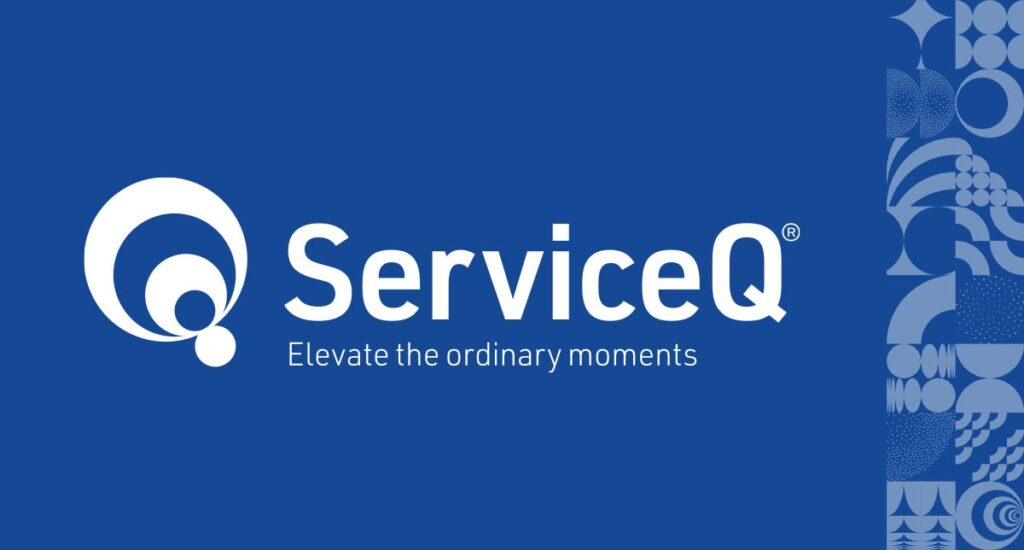Recently, while sitting in a cafe, I noticed someone shimmying a large vehicle into a tight spot. As I sipped my coffee and watched the driver maneuver, something caught my eye. He was looking at the screen in front of him rather than turning his head to see the car behind him. Using the car’s sophisticated cameras and sensors, he slid smoothly in. Immediately, I flashed back to the 1990’s and my 16-year-old self trying to jam my blue Ford Escort into city parking spots, twisting and turning my whole body to angle my car just right on those narrow streets. In the process, I definitely nudged a few bumpers!
Despite that I’m not at ease with today’s in-built guidance systems. I want to see my surroundings with my own eyes. Why? Because my “inner storyteller” says that this city kid (with poor eyesight) knows better than some camera.
Does this sound at all familiar? It turns out this dynamic tension between our inner storyteller and the present moment is just part of how our brains work!
Psychiatrist Ralph Lewis has a helpful framework for understanding this. He describes two networks in our brain that we use to process information – the narrative network and the direct experience network.
The narrative network is what we use it when we think about the past or the future. And it is also our social network, where we focus on stories about ourselves and others. We take in so much information every day that we need stories to help us make sense of the world. So our brain is good at storytelling by design. It’s so good that the stories we repeat over and over become default pathways in our brains. And our own narrative network can act like a guard dog, protecting our stories and barking at new information to keep out!
So, what keeps us from being completely delusional? Well, we also have what Lewis calls a direct experience network which enables us to experience the present – moment through our senses. In this “mode” we are observing and experiencing without yet making judgements or generating stories. This is what we are doing when we meditate. We pause, we notice, we feel but we try not to generate a story or send out the guard dogs. We just let the moments come and go. And it’s bloody hard!
But let’s face it, when the going gets tough at work, you can’t always whip out your meditation mat and ask to check in. Fortunately, there are some other great tools you can use. Here’s one. When you find yourself feeling defensive about a piece of feedback or rejecting a new way of doing something, pause, take a breath, and ask yourself, “What would change if I gave this a try?”
Asking questions won’t always get you some brilliant insight or clear answer. But questions take you off auto-pilot and bring you into the here and now. They can help you sneak past your own stories to get a fresh perspective or consider a different course of action. Or as Lao Tzu puts it, “When I let go of what I am, I become what I might be.”
Written by Jennifer Crescenzo, ServiceQ Facilitator.
Jennifer’s facilitation style blends modern movement science, neuroscience, and principles from yoga and tai chi to help people enjoy better health, manage stress, and do what they love with more passion and purpose.
